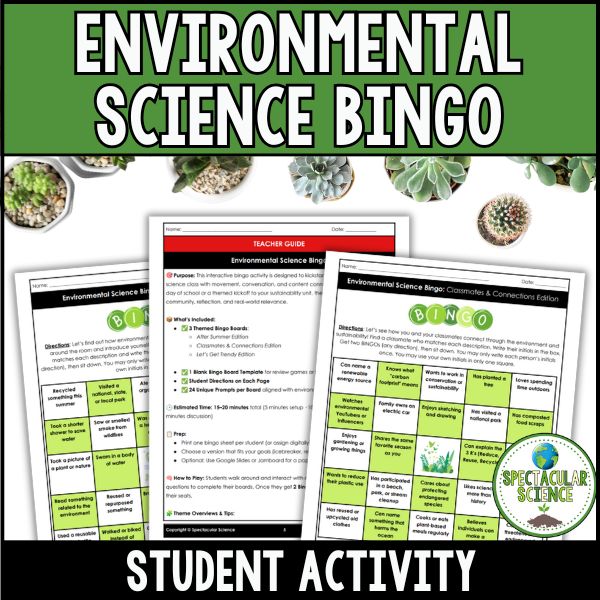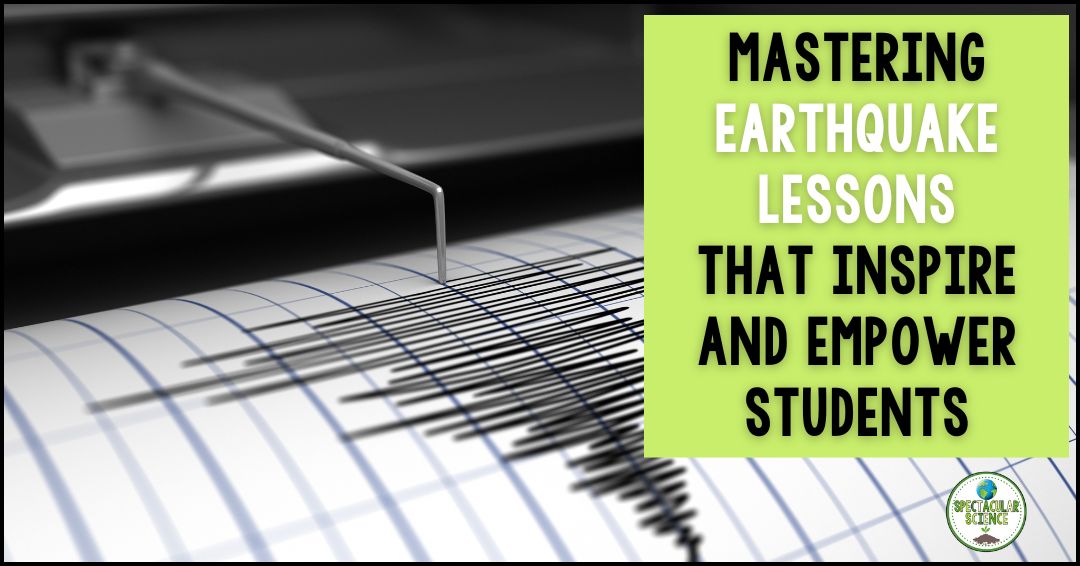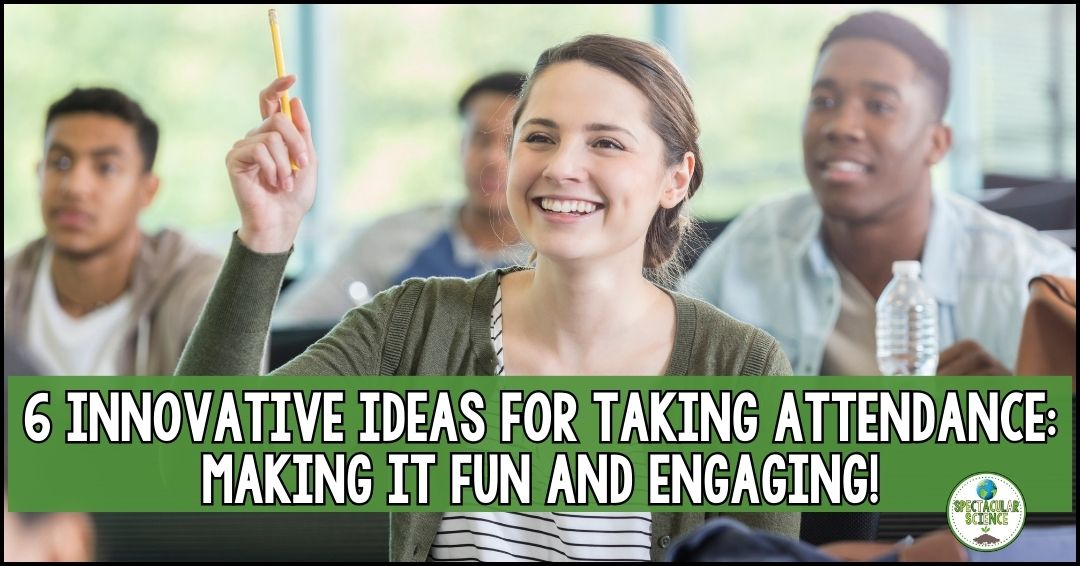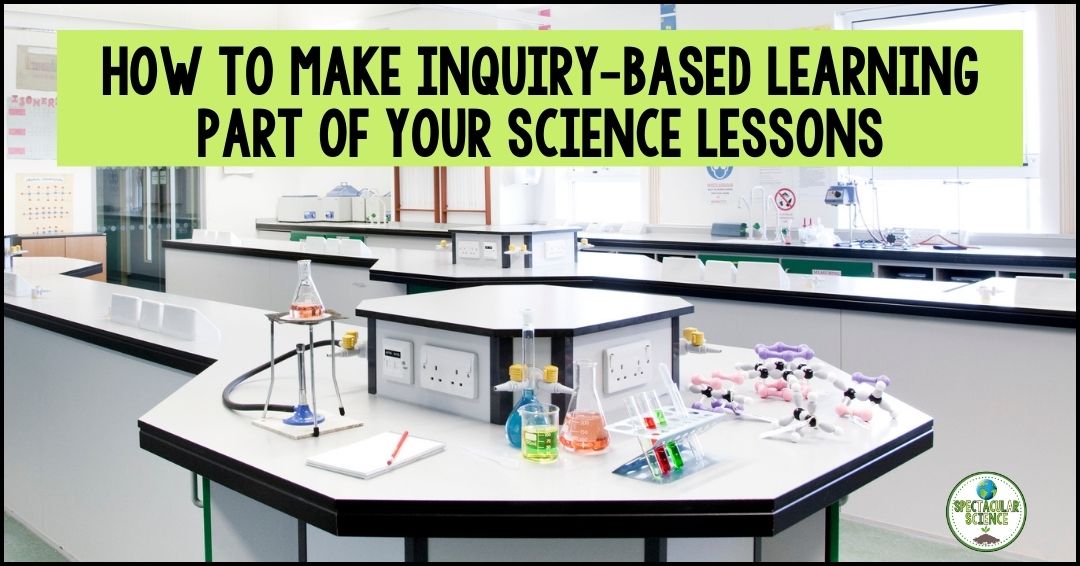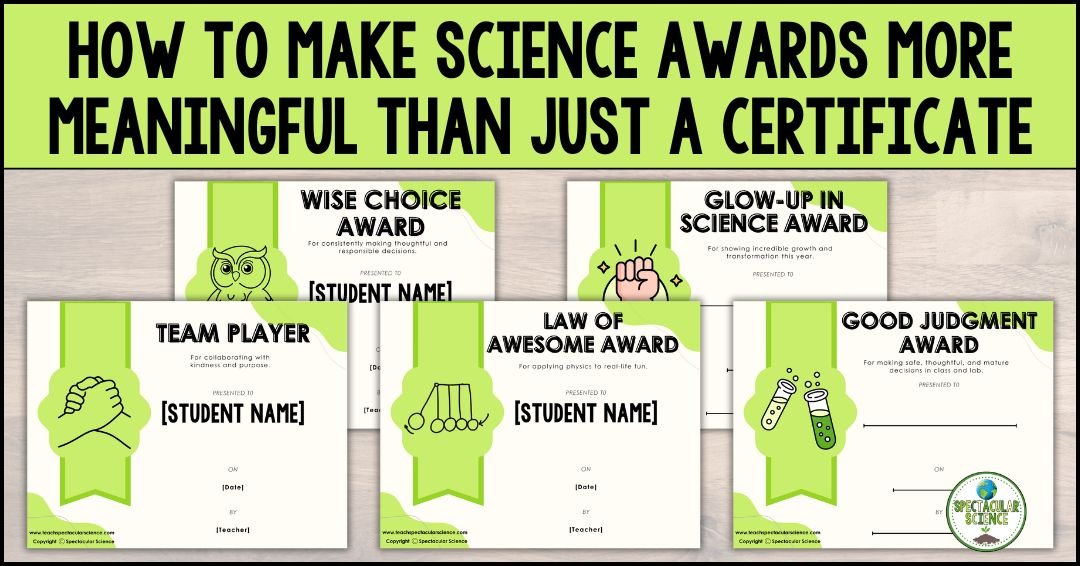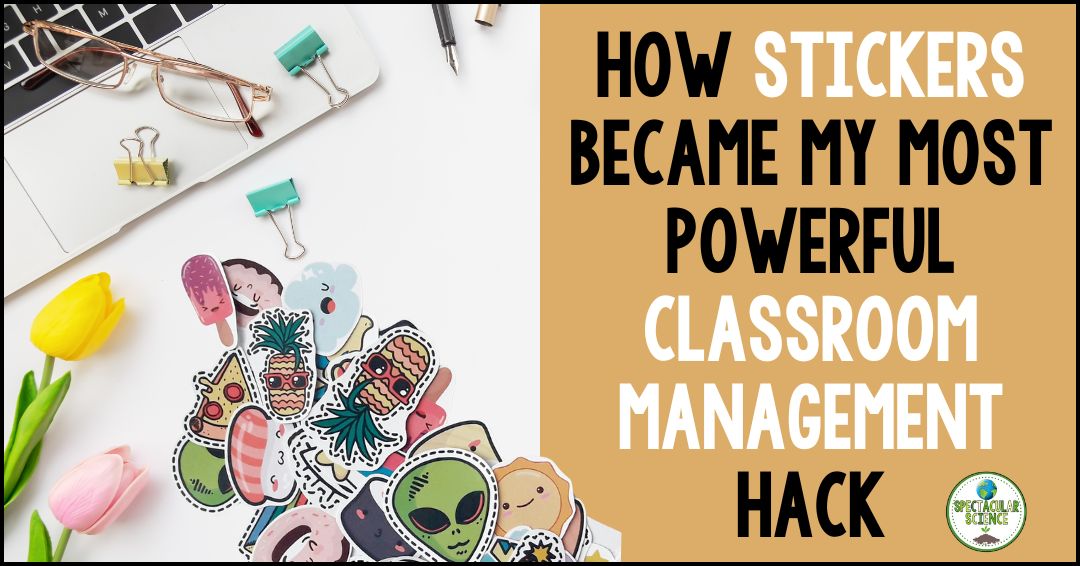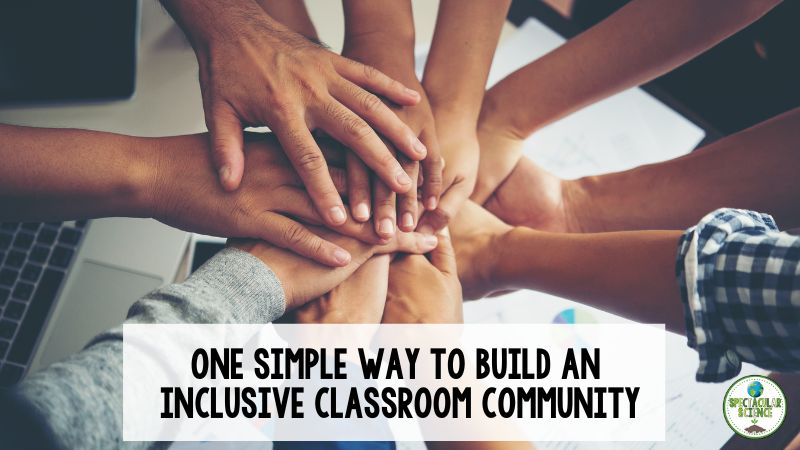
What strategies do teachers employ to establish an inclusive classroom atmosphere? Establishing a solid connection with our students lays the groundwork for fostering their engagement, creating a feeling of ease and belonging, minimizing distractions, and enhancing their learning experiences. Research indicates that the greater the number of positive relationships students share with their teachers, the higher their level of engagement in educational pursuits.
As teachers develop a deeper understanding of their students, they gain valuable insights into their strengths, weaknesses, interests, and learning styles. This knowledge empowers educators to make informed decisions and tailor their instructional approaches accordingly. By familiarizing themselves with their students on a personal level, teachers can optimize the learning experience and effectively support individual growth and development.
personalization
In an inclusive classroom, teachers become acquainted with their students, enabling them to customize their teaching methods to cater to individual requirements more effectively. By doing so, they can offer additional assistance to students facing challenges, provide intellectually stimulating material for gifted students, and deliver content that is both relevant and captivating for all learners. This personalized approach ensures that each student receives the necessary support and experiences a meaningful and inclusive educational journey.
This About Me activity is a quick, impactful and fun way to get to know your students.
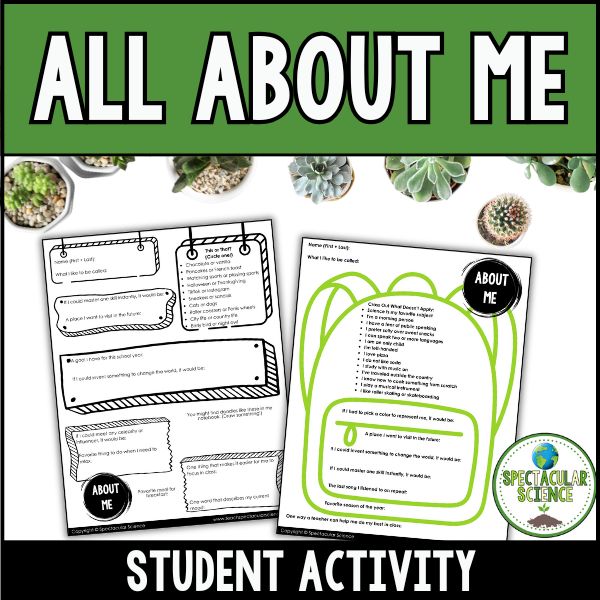
building trust
When students perceive that their teacher has a personal understanding of them, it fosters a sense of trust and respect towards their teacher. Consequently, this positive dynamic contributes to a more favorable classroom atmosphere and establishes stronger relationships between students and their teacher.
To achieve this, it is essential for teachers to maintain clear and honest communication with their students. They should openly discuss expectations, goals, and provide transparent feedback. Actively listening to students’ concerns and questions and responding with respect and empathy further enhances this connection. By implementing these practices, teachers can create an inclusive learning environment that promotes mutual understanding and meaningful engagement.
motivation
When teachers show an interest in their students’ interests and goals, it can motivate them to work harder and take ownership of their learning. Students are more likely to engage in the learning process when they feel that their teacher cares about their success.
Setting realistic and achievable goals for students can help them stay motivated and focused. Teachers can help students set goals by breaking down larger objectives into smaller, more manageable tasks.
Teachers who are enthusiastic about what they are teaching can inspire students to be more interested and engaged in the material. Passionate teachers can help create a positive learning environment and an inclusive classroom where students feel motivated and inspired.
Behavior Management
When teachers know their students well, they can anticipate their needs and address any issues that arise in a proactive manner. This can help prevent disruptive behavior and ensure that all students feel valued and supported in the classroom.
Be consistent in your behavior, policies, and expectations. Students need to feel that you are reliable and trustworthy, and that they can count on you to be fair and consistent.
Create an inclusive classroom culture that promotes respect, inclusivity, and safety. Encourage students to express themselves freely and share their ideas and opinions without fear of judgment or ridicule.
how to establish an inclusive classroom?
In my classroom, we complete the “About Me” activity during the first week of school. Before asking students to complete it, I show them my completed version on the board. That way, they learn a bit about me before I ask them to share a bit about them. I hang on to the completed worksheets all year so that I can refer back to them when looking to make a particular connection with a student. At the end of the school year, I hand students back their worksheets, which provides them with an entertaining moment of reflection. They really enjoy comparing their current views to the beginning of the year.
Getting to know our students is a critical aspect of a teacher’s role. It allows them to create a positive learning and inclusive classroom environment where all students feel supported, challenged, and motivated to achieve their full potential.
The beginning of the year is a busy time, but we all know how important it is to build a positive and inclusive classroom community. Use this activity to get to know your students a little bit better.


